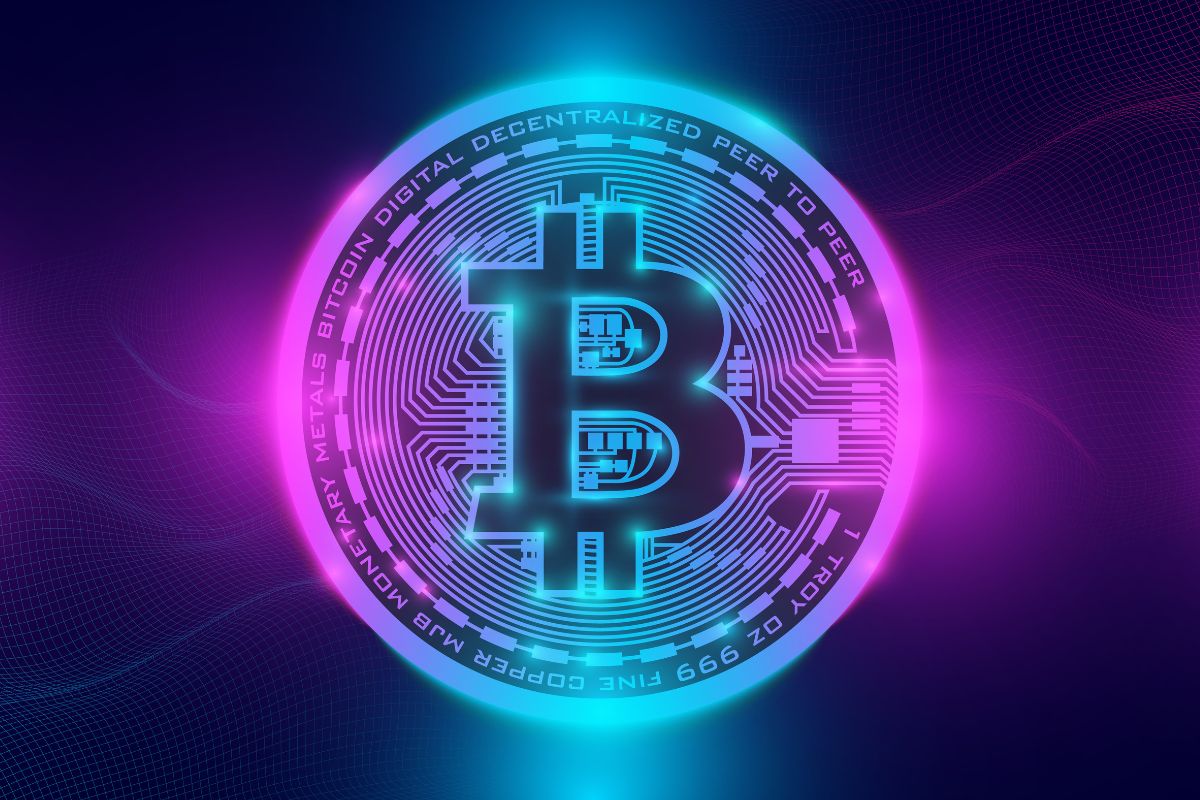Bitcoin’s limited supply: Future implications?
- August 5, 2022
- Jennifer Moore

Satoshi Nakamoto, an anonymous name of the Bitcoin creator limited bitcoin mining to 21 million. Since bitcoin is a ‘digital gold’, Nakamoto limits the number of bitcoin supply to imitate a definite amount of gold.
The maximum number of bitcoins that can be issued is 21 million. Every ten minutes, new bitcoins are added to the supply. It is the minimum time, miners take to make bitcoins. However, after every 210,000 blocks, or every four years, the number of coins minted in every block is reduced by 50%.
Also Read: A High-School Drop-Out Turned Into Millionaire: The Story of Erik Finman
Will The Number of Bitcoins Reach Its Limit? Yes! Here’s Why?
According to experts, the total number of bitcoins will never reach twenty-one million. The bitcoin network utilizes the Bit-shift operators. These are arithmetic operators that get some decimal points low to the nearest smallest integer. The rounding to the next smallest integer takes place when the block reward for making a new bitcoin block will be half. The reward is in ‘satoshis’. One satoshi is equal to 0.00000001 bitcoins.
Since the smallest unit of measurement is ‘Satoshi’, it is not possible to divide the unit in two. When the bitcoin blockchain divides a satoshi in half to calculate a new reward amount. The bit-shift operators will round up to the closest whole integer. This programmed rounding of bitcoin block rewards is the reason why bitcoins issued will never reach 21 million.
As of January 2022, 18.9 billion bitcoins circulating, and 2.1 million are yet to release. The bitcoins issued per block decrease to its half every four years, and the maximum limit of bitcoin is not expected to reach before 2140. When bitcoin was first established, 50 bitcoins are minted every block.
In May 2020, the bitcoins per block decreases to 6.25. Although the total number of bitcoins is 21 million, the bitcoins circulating in the market are substantially low. A study by Chainanalysis in 2020, estimates that 20% of the bitcoins circulating will lose permanently.
Also Read: Bitcoin Pizza Day: A Myopic Blunder Worth $230 Millions
What Will Happen After Bitcoin Reaches Its Limit?
After the miners reach 21 million Bitcoins, no creation of extra Bitcoins. Bitcoin transactions will proceed to turn into blocks and flow. However, Bitcoin reaching its limit will affect the miners the effect will depend on how the currency develops in the future. Even in 2140, if Bitcoin transaction continues, the miners will develop profits, however, only on transaction processing fees.
If in 2140, Blockchain serves as a ‘store of value, other than daily purchases, miners can make a profit. For every large amount of transaction, the miners can charge a high processing fee. This is possible with “Layer-2” blockchains like Lightning Network working in coexistence with the Bitcoin blockchain to promote daily bitcoin transactions.
Wrapping Up
Will bitcoin stand its value as ‘digital gold’ by 2140? The bitcoin architecture is still developing and might itself evolve within a few years. However, after the limit reaches, mining will close. Although the major impact of such a scenario is likely to affect miners, yet investors could have a negative experience as well.
Categories
- AI (6)
- Altcoins (10)
- Banking (10)
- Bitcoin (132)
- Bitcoin ETF (11)
- Bitcoin Price (30)
- Blockchain (47)
- Brokering World Hunger Away (16)
- Business (7)
- CBDC (11)
- COVID-19 (3)
- Crypto ATMs (1)
- Crypto Banking (15)
- Crypto Bill (1)
- Crypto broker platform (26)
- Crypto Investment (3)
- Crypto Markets (3)
- Crypto Payment (26)
- Crypto Prices (1)
- Crypto Trading (88)
- Cryptocurrency (360)
- Cryptocurrency Exchange (94)
- Data Visualization (2)
- Decentralized Finance (7)
- DeFi Payment (9)
- DEX (3)
- Digital Currency (22)
- Ethereum (1)
- FAQ (6)
- Finance (24)
- Financial Equality (4)
- Financial Freedom (8)
- Forex (24)
- ICO (1)
- Investment (11)
- Mining (3)
- News (63)
- NFTs (2)
- P2P (1)
- PayBitoPro (599)
- PayBitoPro Coin Listing (6)
- PayBitoPro Exchange (2)
- Post COVID Digital Transformation (1)
- Press Release (130)
- Privacy & Security (3)
- Real Estate (1)
- Stablecoin (4)
- Technology (14)
- Uncategorized (2)
- US Presidential Election (2)
- Utility Coin (1)
- Web3 Wallets (1)
- White Label Crypto Broker Solution (1)
- White Label Crypto Exchange (6)





